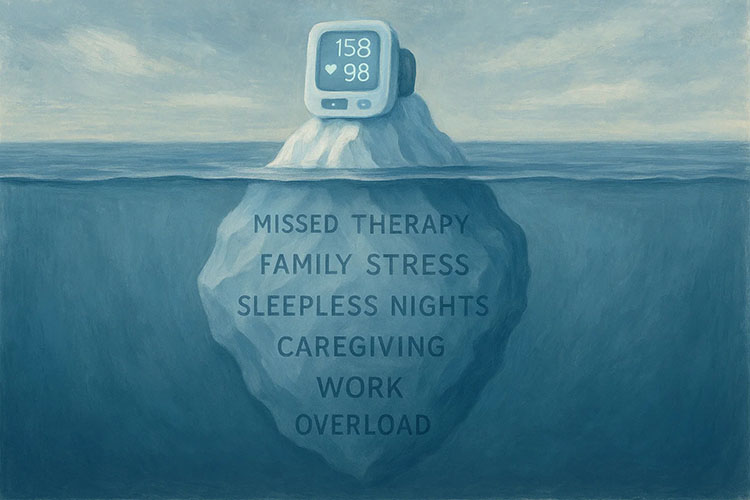
For both patients and healthcare providers, Remote Patient Monitoring (RPM) has been a welcome addition for coordinated care. RPM provides benefits for patients with greater monitoring, better diagnosis, lower transportation costs, and less time consumed. Benefits for healthcare clinicians include more information from patients, lower overhead,, more overall flexibility, and lower overhead costs.
What Is RPM?
RPM, or Remote Patient Monitoring, occurs when medical devices send encrypted to clinicians and healthcare professionals with valuable patient data. This is ideal for patients who may have difficulty having access to traditional clinical settings like hospitals and doctor’s offices. This technology is commonly comes under the umbrella term telemedicine.
The three main types of telemedicine are: A) store-and-forward, B) remote monitoring, and C) real-time interactive services. It is the store-and-forward technique that clinicians used to collect and store patient data and data from remote monitoring. Real-time interactive services, such as video chat or phone calls, allow patients to speak to their clinicians remotely without the cost, inconvenience and health risk of visiting a doctor's office.
How RPM Benefits Patients
With RPM, valuable vital stats are more readily available for both the medical team and the patient. RPM works in remote areas where access to medical offices may be very limited. RPM alleviates the stress and expense of arranging transportation for visits to a medical facility. All of these have been barriers to keeping patients from receiving the medical care they need and deserve. Finally, RPM allows patients to take a much more active and engaged role in their clinical care, all through modern, easy-to-use technologies!
RPM Changes for Clinicians
RPM technologies lower the risk of clinician burnout by helping them reach more clients conveniently, while also reducing costs and increasing efficiency. Though some clinicians may be concerned about not being able to meet with patients in person, RPM still allows them to develop crucial doctor-patient relationships. RPM provides the time and attention that patients need, while giving clinicians more freedom to attend to their other patients. Many patients have stated that they feel more connected to their healthcare provider through biweekly phone calls than they did through stressful office visits.
The Overall Results of RPM
Several statistics reveal the incredible value of RPM in the healthcare system, especially during these stressful and trying times. Studies show that the inclusion of RPM technologies has resulted in 38% fewer hospital admissions, 31% fewer re-admissions, more patient engagement in their own healthcare, and higher job satisfaction for healthcare providers.
The use of telemedicine and RPM has allowed for improved efficiency. These technologies should not be expected to replace all traditional care methods. They do function as an amazing support service, especially for some of our most vulnerable loved ones.
Medek RPM is one of the fastest growing RPM companies in the US. Begin a conversation with a Medek Representative today.





